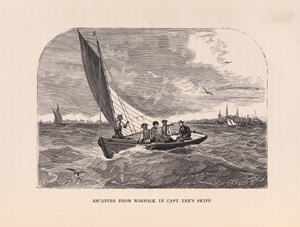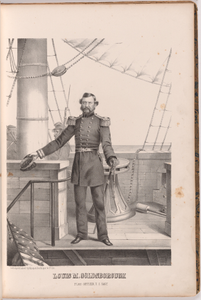Description
Born Tuskegee, AlabamaA decorated fighter pilot who served in World War II, Korea, and Vietnam, William A. “Bill” Campbell joined the military in 1942, when all branches of the armed forces were rigidly segregated. Shortly after America’s entry into World War II, Campbell enrolled in flight training at special facilities established for African American pilots and technicians at Alabama’s Tuskegee Institute (now Tuskegee University). Earning his wings in July 1942, Second Lieutenant Campbell was assigned to the U.S. Army Air Corp’s Ninety-Ninth Pursuit Squadron. On June 2, 1943, he saw action as a wingman on the inaugural combat mission carried out by the Tuskegee Airmen. The first African American pilot to bomb an enemy target, Campbell flew 106 missions and ended the war as commander of the Ninety-Ninth Fighter Squadron. Awarded two Distinguished Flying Crosses, a Bronze Star, the Legion of Merit, and thirteen Air Medals, he retired from the service as a full colonel in 1970.Nacido en Tuskegee, AlabamaWilliam A. “Bill” Campbell, condecorado piloto de combate que sirvió en la Segunda Guerra Mundial, Corea y Vietnam, se enlistó en 1942, cuando existía una rígida segregación racial en todas las ramas de las fuerzas armadas. Poco después de que Estados Unidos entrara en la guerra mundial, Campbell se inscribió en un programa de adiestramiento de pilotos en las instalaciones especiales establecidas para pilotos y técnicos afroamericanos en el Tuskegee Institute (ahora Tuskegee University) de Alabama. Se graduó en julio de 1942 con el grado de teniente segundo y fue asignado...
Image
Oil On Canvas
National Portrait Gallery, Smithsonian Institution; gift of the Harmon Foundation
Record Contributed By
National Portrait GalleryRecord Harvested From
Smithsonian InstitutionKeywords
- Air Force
- Air Pilots
- Airplane
- Airplanes
- Aviator
- Campbell, William Ayers
- Costume
- Education
- Educator
- Educators
- Equipment
- Exterior
- Goggles
- Hat
- Hats
- Headgear
- Male
- Men
- Military
- Officer
- Pilot
- Portrait
- Portraits
- Professor
- Reyneau, Betsy Graves
- Science And Technology
- Sky
- United States
- United States. Air Force
- Vehicle
- Vehicles
- William Ayers Campbell





















